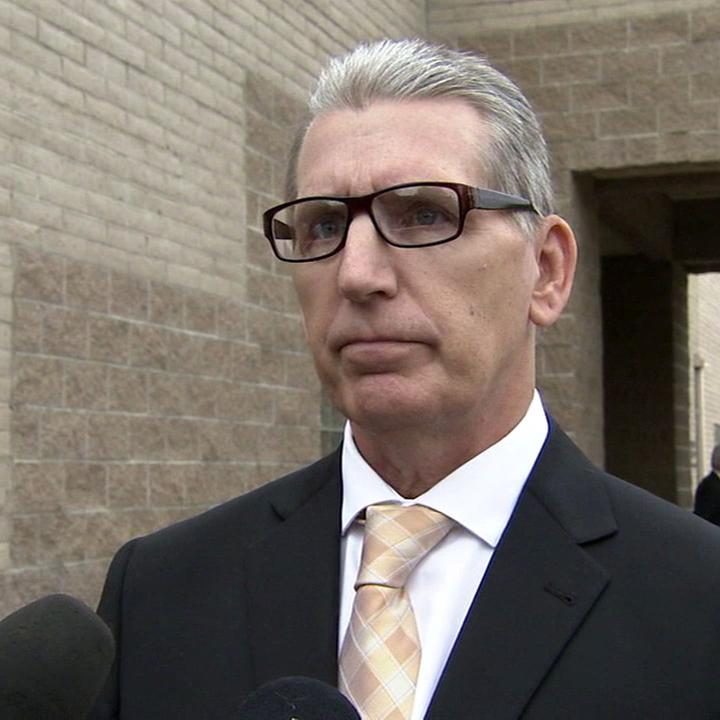Bill Richards came home from work in San Bernardino County in August 1993 and discovered the body of his wife, Pamela, who had been murdered. One month later, Bill was arrested and charged with the crime. After three mistrials, two because of hung juries, one because of problematic jury selection, Bill was found guilty in his fourth trial in 1997, and sentenced to 25 years to life in prison. Some of the most “damning” evidence presented at his trial was testimony from a dentist that a bite mark on Pamela’s hand matched Bill’s teeth, a forensic method that has since been proven extremely unreliable. After Bill’s conviction was initially upheld in 2001, the California Innocence Project investigated the case, and a state petition for a writ of habeas corpus was filed, noting that DNA tests the murder weapons found at the scene of the crime could not be a match for Bill. In addition, the bite mark evidence was not reliable because it was determined that the autopsy photograph was distorted, and the dentist who originally testified about the bite mark recanted his testimony, saying the bite mark could not have matched Bill’s teeth. A San Bernardino County Superior Court judge vacated Bill’s conviction in 2009, but the prosecution appealed, and in 2012, the California Supreme Court reversed the ruling on the grounds that the dentist’s testimony didn’t meet the state’s legal definition of “false evidence,” thereby precluding Bill from mounting a post-conviction challenge. The California legislature then enacted the “Bill Richards Bill,” which amended the criminal code to include the definition of “false evidence” as the “opinions of experts that have either been repudiated by the expert who originally provided the opinion at a hearing or trial or that have been undermined by later scientific research or technological advances.” A new writ of habeas corpus was filed, and in May 2016, the California Supreme Court vacated Bill’s conviction. He was released from prison in June 2016, and a week later, the San Bernardino County District Attorney’s Office finally dismissed the charges.
Bill lives in the Inland Empire, and is available to speak in Southern California.
Click here to request Bill as a speaker for your group or event






